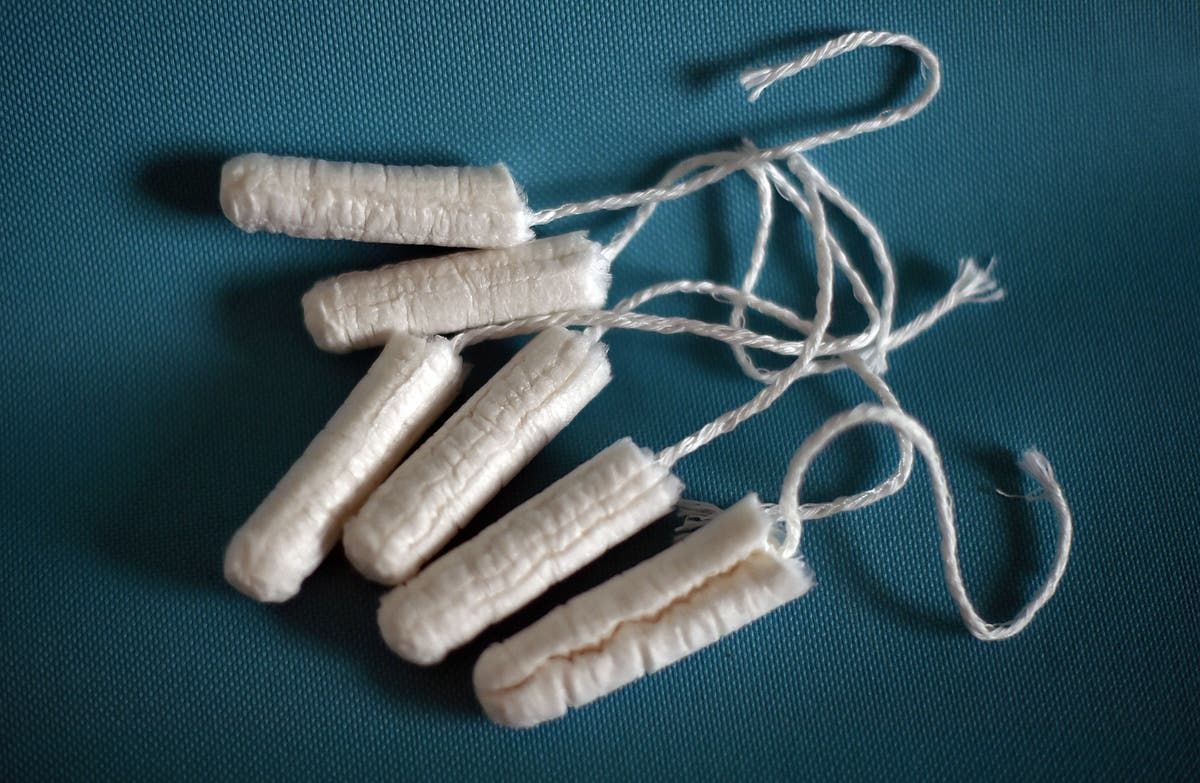Truly support
independent journalism
Our mission is to provide unbiased, fact-based reporting that holds the powerful to account and exposes the truth.
Whether it's $5 or $50, every contribution counts.
Support us in offering journalism without agenda.
Tampons used by millions of people each year may contain worrying levels of toxic metals such as lead, arsenic and cadmium, a world-leading study has warned.
The findings are especially concerning since vaginal skin has a greater potential to absorb chemicals than skin on other parts of the body, researchers say.
“Our study clearly shows that metals are also present in menstrual products and that women may be at increased risk of exposure when using these products,” said study co-author Kathrin Schilling.
Some estimates suggest that more than half of menstruating people use tampons monthly, sometimes for several hours at a time.
Previous studies have also found that exposure to toxic metals such as lead and arsenic is linked to a wide range of health problems, including dementia, infertility, diabetes and cancer, as well as damage to organs including the liver, kidneys and brain.
“Despite this potential for public health concern, very little research has been done to measure the chemicals present in tampons,” said study lead author Jenny Shearston.
“To our knowledge, this is the first paper to measure metals in tampons. It is concerning that we found concentrations of all the metals we tested for, including toxic metals such as arsenic and lead,” said Dr. Shearston.
In the study, led by the University of California at Berkeley, scientists assessed levels of 16 metals, including arsenic, cadmium, cobalt, lead and selenium, in 30 tampons from 14 different brands.
They found that metals were present in all types of tampons, whether purchased in the US or EU/UK, and that no category had consistently lower concentrations of most metals.
Researchers suspect that metals were probably introduced into the tampons in various ways during their manufacture.
Some of these, they say, could be due to an intentional addition during manufacturing as part of a pigment, bleach, antibacterial agent or some other process at the factory.
The cotton material can also absorb toxic metals from water, air, soil or a nearby pollutant, scientists say.
“I really hope that manufacturers are forced to test their products for the presence of metals, especially toxic metals. It would be exciting to see the public calling for this or for better labelling of tampons and other menstrual products,” Shearston said.
It is not yet clear whether the metals detected in the latest study contribute to any particular health effects.
Scientists are calling for further studies to understand this and determine how much of these toxic metals that leak from tampons are absorbed by the body.












